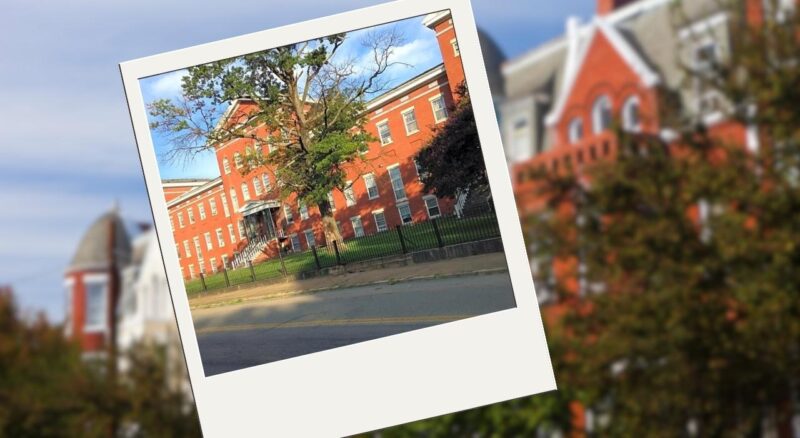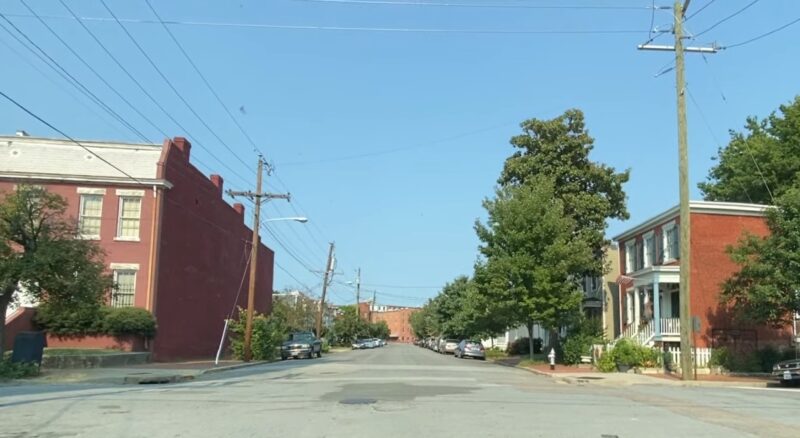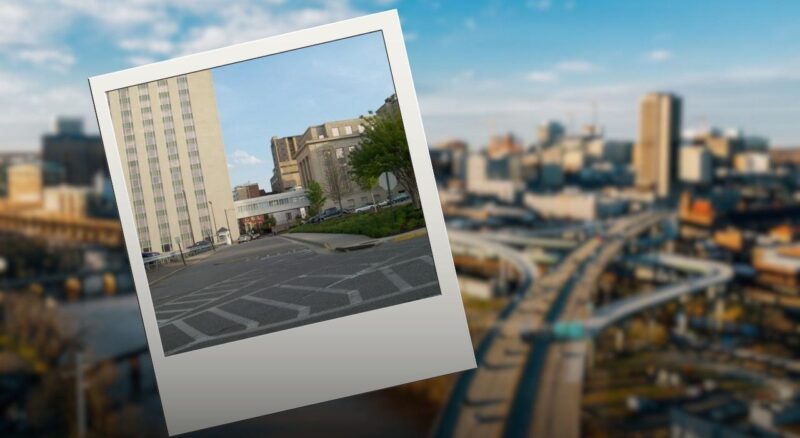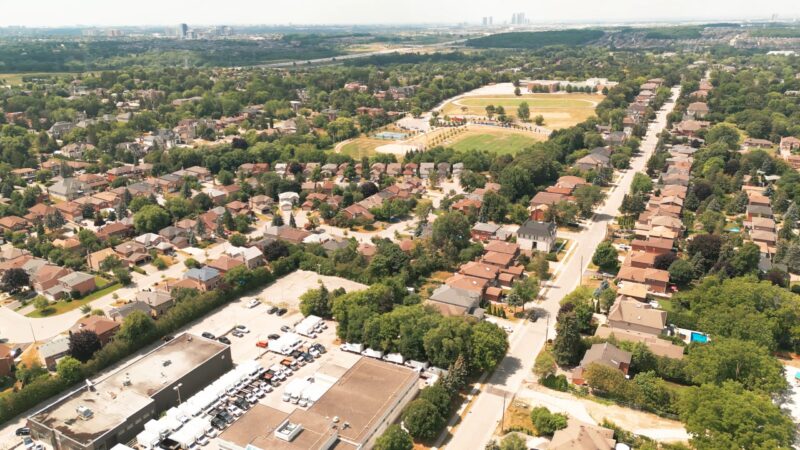Richmond, the capital of Virginia, is not only steeped in historical significance but also in geological wonders. A city with a rich tapestry of culture, history, and landscape, Richmond is home to the famed “7 Hills.”
These hills, much like the seven hills of Rome, have been the subject of much speculation and intrigue. In this post, we’ll explore each of the seven hills of Richmond, diving deep into their history, significance, and unique attributes. Let’s embark on this captivating journey through Richmond’s seven hills.
1. Church Hill
Church Hill, the oldest of Richmond’s neighborhoods, holds a special place in the heart of the city. As its name suggests, it’s anchored by the historic St. John’s Church, where Patrick Henry gave his “Give me liberty or give me death!” speech.
History and Significance
Church Hill is known for its well-preserved 19th-century architecture, and it has been at the center of many pivotal moments in Richmond’s history. The neighborhood witnessed several events during the American Revolution and the Civil War, making it a treasure trove for history enthusiasts.
Geographical Features
A visit to Church Hill provides stunning views of the city and the James River. The hill’s elevated position, coupled with its historical surroundings, gives it a unique aura, making it a must-visit when in Richmond.
2. Shockoe Hill

Nestled next to Church Hill, Shockoe Hill is another historically rich hill of Richmond. With its lively marketplaces and historic sites, it’s an essential part of Richmond’s landscape.
Key Attractions and Importance
- Shockoe Slip: A historic district known for its cobblestone streets, restaurants, and shops.
- Shockoe Bottom: Once an industrial and commercial hub, it’s now filled with vibrant nightlife and cultural spots.
- African Burial Ground: An essential piece of history, serving as the final resting place for many of Richmond’s enslaved and free African American residents.
The Landscape
The hill slopes gently towards the James River, offering panoramic views of the river and the city skyline. Its blend of history and modernity offers visitors a unique Richmond experience.
3. Union Hill

Situated adjacent to Church Hill, Union Hill boasts a diverse history, with roots dating back to the early 19th century.
Historical Context
The hill was initially home to working-class whites and free Black residents. Over time, its demographics changed, and it became a melting pot of cultures, influencing the architectural styles present here.
Modern Union Hill
Today, Union Hill retains its historical charm while also being a hotspot for art, music, and culture. Various art installations and murals dot the area, representing Richmond’s evolving artistic scene.
4. Council Chamber Hill

Situated near the heart of the city, Council Chamber Hill is often overshadowed by its more famous counterparts but holds its significance in Richmond’s history.
A Seat of Power
The hill derives its name from the city’s council chambers that once stood here. This site witnessed many essential legislative decisions shaping Richmond’s and Virginia’s future.
Modern-Day Importance
While the original council chambers no longer exist, the hill remains an essential administrative hub. Various government buildings and monuments make this hill a vital part of Richmond’s political landscape.
5. Gamble’s Hill
Overlooking the James River, Gamble’s Hill has a unique blend of natural beauty and historical importance.
Historical Snapshot
In the 18th century, this hill was a prominent residential area for many of Richmond’s elite. Over time, it transitioned into a more industrial role, with factories and mills dominating its landscape.
The James River Park System
Today, the hill’s proximity to the James River makes it an integral part of the James River Park System. This area is a favorite among nature enthusiasts and offers various recreational activities.
6. Libby Hill
Libby Hill, with its iconic Libby Hill Park, offers some of the most breathtaking views of Richmond and the James River.
The Name’s Origin
The hill is named after the Libby family, who were early settlers of the area. The family’s home still stands and is one of Richmond’s oldest existing houses.
Libby Hill Park
A serene spot that has become synonymous with relaxation and leisure. The park offers panoramic views, making it a favorite spot for photographers and nature lovers.
7. Navy Hill
Although the least known of the seven hills, Navy Hill has a rich history linked to Richmond’s maritime activities.
Nautical Beginnings
The hill got its name from a naval hospital established here in the early 19th century. This facility played a crucial role during the American Civil War, treating numerous wounded soldiers.
Today’s Navy Hill
While the naval hospital no longer exists, the hill is undergoing a transformation. With proposed development projects, Navy Hill is set to become a central part of Richmond’s urban landscape.
The Mysteries of the Seven Hills
While the primary focus of our journey has been the historical and geographical significance of Richmond’s seven hills, there are many fascinating anecdotes, myths, and lesser-known facts associated with these elevations.
The Mythical Eighth Hill
While Richmond’s seven hills are widely recognized, there have been rumors and speculations about the existence of an “eighth” hill.
The Legend
Local folklore often mentions an eighth hill, lost in time and obscured by urban development. Some believe it was a meeting place for indigenous tribes, while others think it held mystical powers.
The Reality
While there’s no concrete evidence supporting the existence of an eighth hill, the tales add a layer of mystery to Richmond’s landscape. Local historians continue to debate and research the veracity of these claims.
The Role of the James River
The James River is undeniably the lifeblood of Richmond. Its intertwining with the seven hills gives the city its unique topography and charm.
Historical Importance
The river served as a significant trade route, linking Richmond to other parts of Virginia and beyond. The hills offered strategic vantage points, which were crucial during various historical events.
Nature’s Gift
Beyond its economic and strategic importance, the river brings a wealth of natural beauty to Richmond. Its glistening waters, when viewed from the heights of the hills, present a mesmerizing tableau that has inspired poets, artists, and locals for centuries.
Richmond’s Hills in Pop Culture
The seven hills, given their significance, have found their way into various facets of popular culture, from literature to music and cinema.
Literary Mentions
Renowned authors have referenced Richmond’s hills in their works, painting vivid images of the city’s landscape. Local writers, in particular, have celebrated these hills, embedding them in the city’s literary fabric.
Cinema and Music
Richmond’s picturesque hills have served as backdrops for several films, while local musicians often serenade these landmarks in their songs. They symbolize the city’s spirit, resilience, and beauty.
FAQs

Are There Guided Tours Available to Explore the Seven Hills of Richmond?
Yes, there are guided tours available that focus on both the historical and geographical aspects of the seven hills. Many local tour agencies offer themed walks, including historical reenactments, architectural tours, and nature walks.
How Did the Indigenous Tribes Interact with The Seven Hills Before European Settlers Arrived?
Before the European settlers, indigenous tribes like the Powhatan used the area for hunting, fishing, and settlement. The hills, especially those near the James River, were strategic spots for observing animal movement and for fishing. However, detailed records of their interactions with the specific hills are limited.
Are There Any Special Events or Festivals Celebrated on These Hills?
Absolutely! Throughout the year, various events, including local festivals, cultural gatherings, and historical commemorations, take place on or around the hills. Libby Hill Park, for instance, often hosts community events, while Church Hill is known for its annual festivals celebrating Richmond’s rich history.
Are There Any Specific Architectural Styles that Can Be Prominently Seen on These Hills?
Yes, the architecture on these hills is diverse and reflects Richmond’s evolving history. For example, Church Hill showcases a mix of Georgian, Federal, and Victorian styles, while areas like Shockoe Hill have a blend of historic and modern buildings.
Which of The Seven Hills Is Considered the Highest in Terms of Elevation?
Church Hill is often considered the most elevated among the seven hills, offering a panoramic view of the city and the James River. However, exact elevations might vary slightly based on specific measurement points.
Do Any of The Hills Have Museums or Educational Centers that Provide Deeper Insights Into Their History?
Yes, some hills are adorned with museums and educational centers. For instance, near Church Hill, you can find the St. John’s Church Historic Site, which provides insights into the American Revolution and the famous speech by Patrick Henry.
Similarly, Shockoe Bottom has interpretive centers detailing its history, especially its significance during the slave trade era.
Final Words
The seven hills of Richmond are not just geographical elevations but significant markers of the city’s rich past and promising future. Each hill, with its unique story and attributes, offers a glimpse into the diverse tapestry of Richmond’s history, culture, and landscape.
Whether you’re a history buff, an architectural enthusiast, or someone seeking natural beauty, Richmond’s Seven Hills offers something for everyone. So, the next time you’re in Richmond, make sure to explore these hills and experience the essence of this magnificent city.











